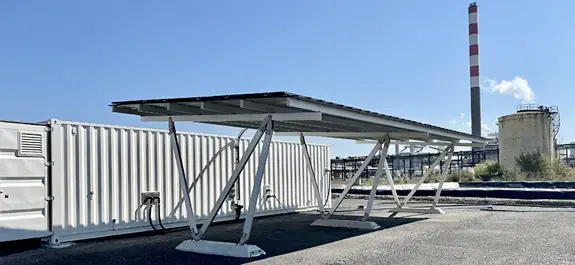Our research teams play a crucial role in upholding TotalEnergies’ commitments to the UN sustainable development goals. The Environment & Sustainable Development department works essentially on environmental responsibility at local level, impact measurement and the sustainable management of resources such as surface and groundwater, soils and biodiversity.
On the strength of our expertise in biology, we are working to develop low-carbon or renewable energies, in particular the production of biogas, digestate management, water circularity and soil reclamation.
Our competencies cover several sectors, including water treatment and recycling, process engineering, bioprocesses, hydrogeology, hydrobiology, ecotoxicology, pedology, plant physiology, agronomics and microbiology. We are currently running industrial pilot projects in agrivoltaics and water recycling using solar energy (SWaP).
Experimental resources:
- Around 30 pilot units ranging in size from a few milliliters to several cubic meters.
- A network of 16 Pilot Rivers.
- Several bioreactors (pilot anaerobic digesters and water treatment plants), photobioreactors, phytotrons, and greenhouses.


